Do buy young vegetable plants to grow-on in the vegetable garden.
Do prepare the soil - the soil needs to provide the best possible conditions for plant growth. Aim for soil that is level, made up of fine particles, even (the same all over) and about 5-8cm deep.
Dig the soil over and break it down into small crumbs. A rake will help to get an even depth of fine soil. Remove any stones. Once prepared, cover the soil with a plastic sheet to keep it dry, until you are ready to plant up.
Don’t trample the soil down. Do use a board to spread your weight.
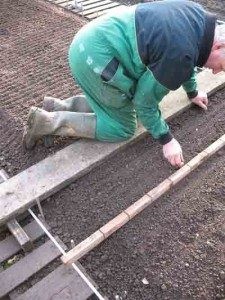
Using walking board
Do mark out the soil or compost to show where the rows will be. It is easier to look after plants if they are grown in straight lines, but they can be planted in any pattern you like.
To make a straight line:
• find a straight edge (like a plank of wood)
• place it on the soil
• drag a blunt object along the edge
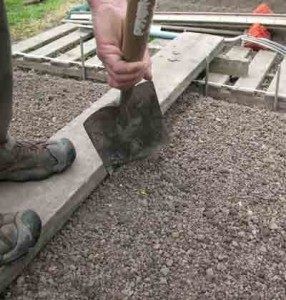
Making a straight row
Or, instead of using a solid edge, use string between two sticks. Do stretch the string so it is tight. It will make a straight line which can be used as a guide to make a straight row.
Do firm the soil down by gently patting with your hand or use something solid like a wooden block, or the end of a rake.
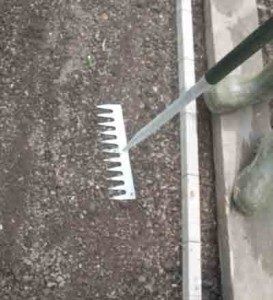
Firming seed row
Don’t ram the soil down so it is like concrete. The water must be able to drain through.
Do water the plants well the night before planting, so that the compost is soaked. This will keep the root ball together so that the compost does not fall off when the plant comes out of the pot.
Do take the plant out of the pot gently by putting your finger and thumb around the stem of a plant and tipping it upside down.
Do make a hole which is just wider and deeper than the plant root ball.
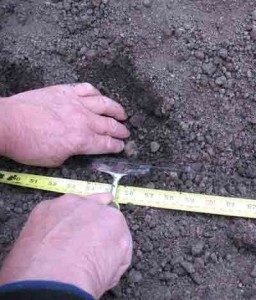
Make a hole
Do place the plant in the hole being careful not to damage the roots.
Do hold the plant in the hole and using the other hand, gently push the soil, so that the hole is filled all around the roots and underneath.
Do firm the soil down so that the lower leaves are just above the soil.
Do firm the soil gently so that the plant roots are not damaged and are in close contact with the soil.
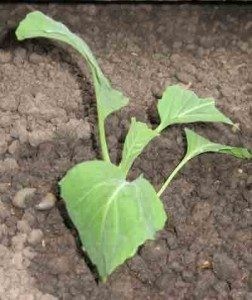
Courgette planted
Do continue planting down the row, spacing the plants with a ruler.
Do mark both ends of the row with a stick. Then you will know that anything ‘offside’ is a weed which needs removing.
Do label the row with the name of the vegetable, the variety and the date.
Do water the plants in after planting so that the soil is wet to a depth of 7cm.
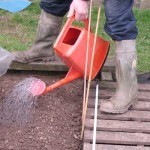
Do use a watering can rose at the end of the spout, which will give small droplets of water which will not puddle the soil or wash the plants out of the row.
Don’t allow the soil to dry out, particularly in the first few days.
Vertigrow have vegetable plants in pots and in modular trays. A modular tray contains single ‘plugs’ which are ready to plant into containers or into the vegetable garden. There will be minimal disturbance of the roots. Below is a photo of a modular tray of beetroot containing 12 plug plants.
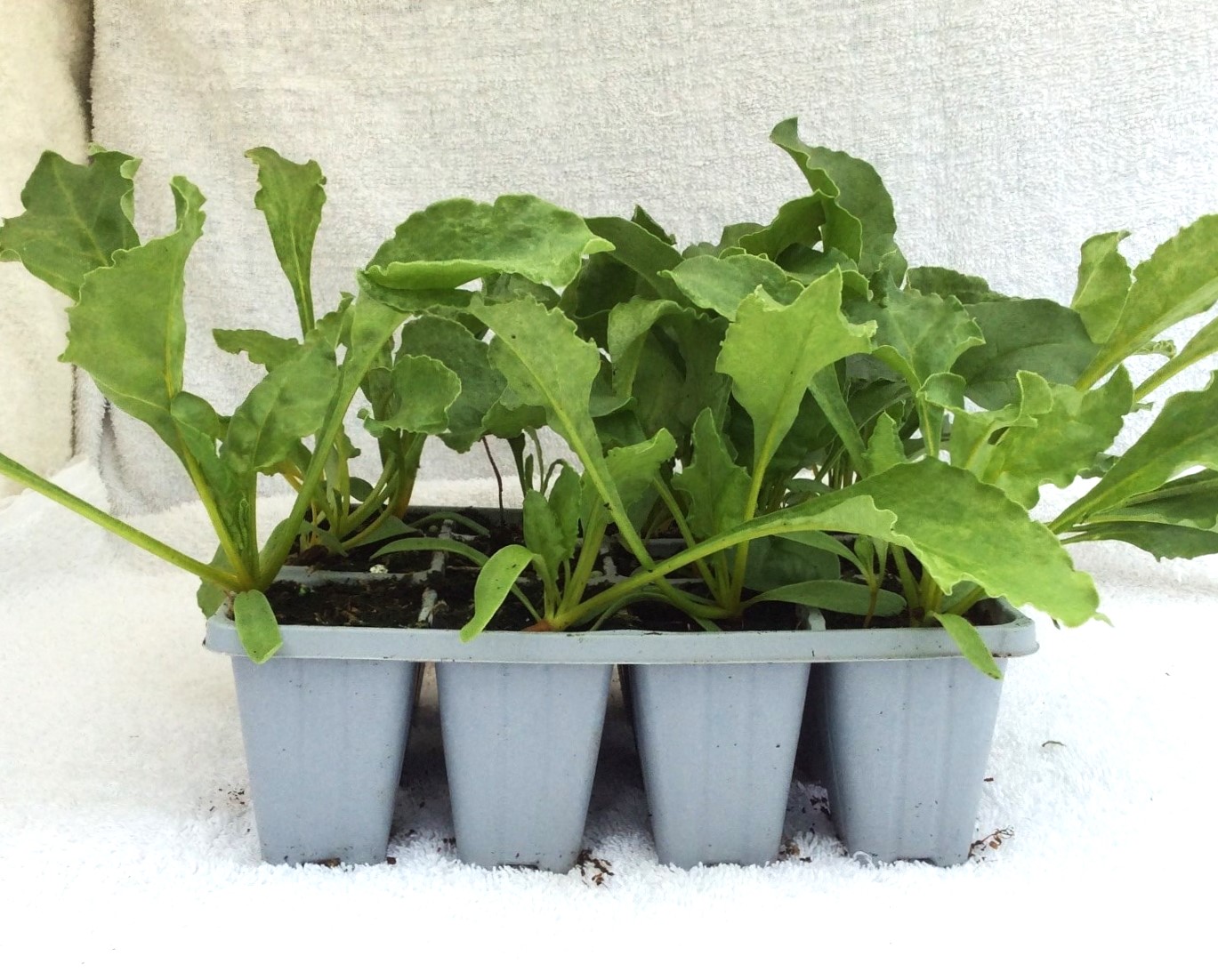
The beetroot plug plant below has been grown in compost in a cell, in a modular tray. The plant has lots of roots, which you can see – they are the white hairy bits in the photo. The beetroot plug has been taken out of the modular tray and is ready to be planted in the garden.
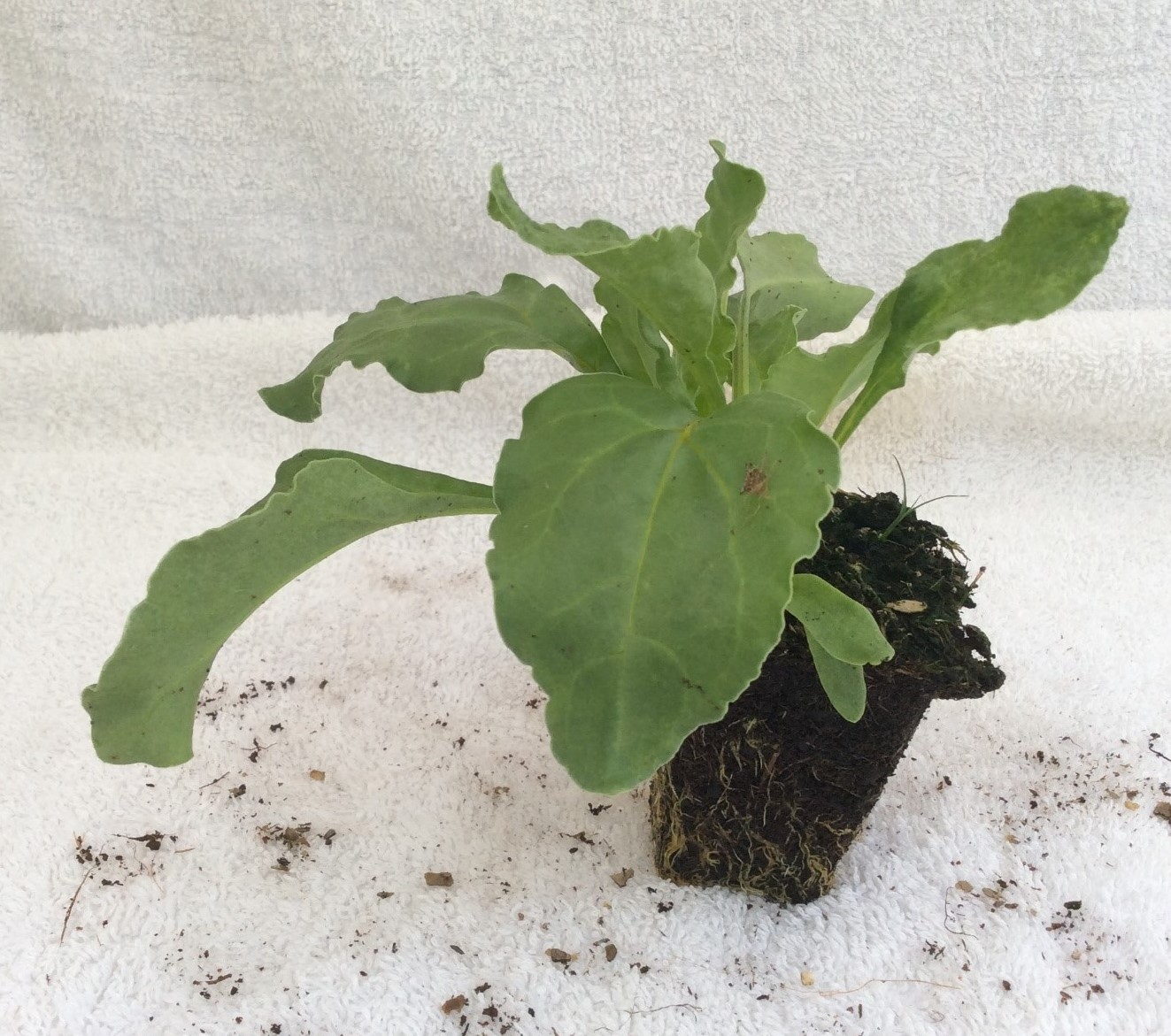
Beetroot plant
Mon - Fri 8:00am - 5:00pm
Sat & Sun 9:00am - 5:00pm
Any questions? Email us or give us a call on 01904 400092.